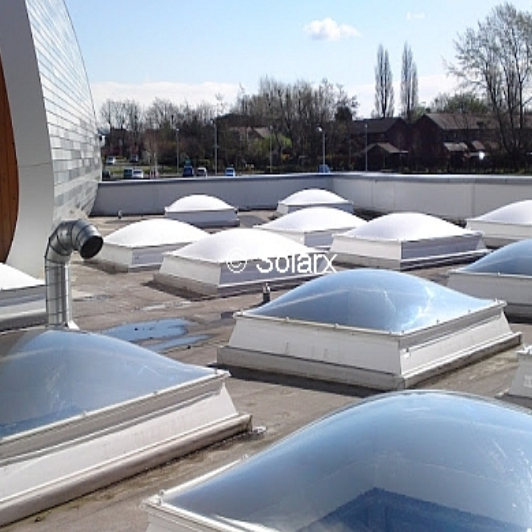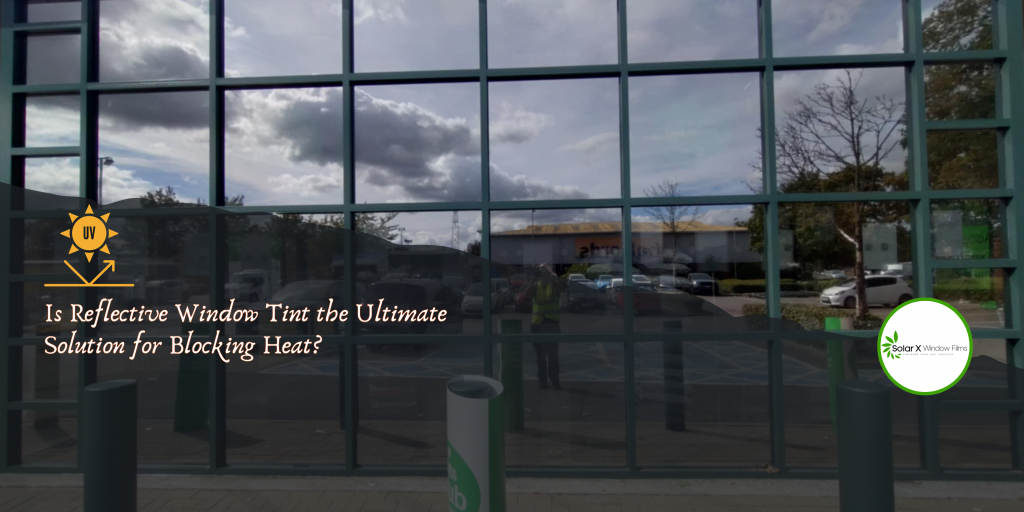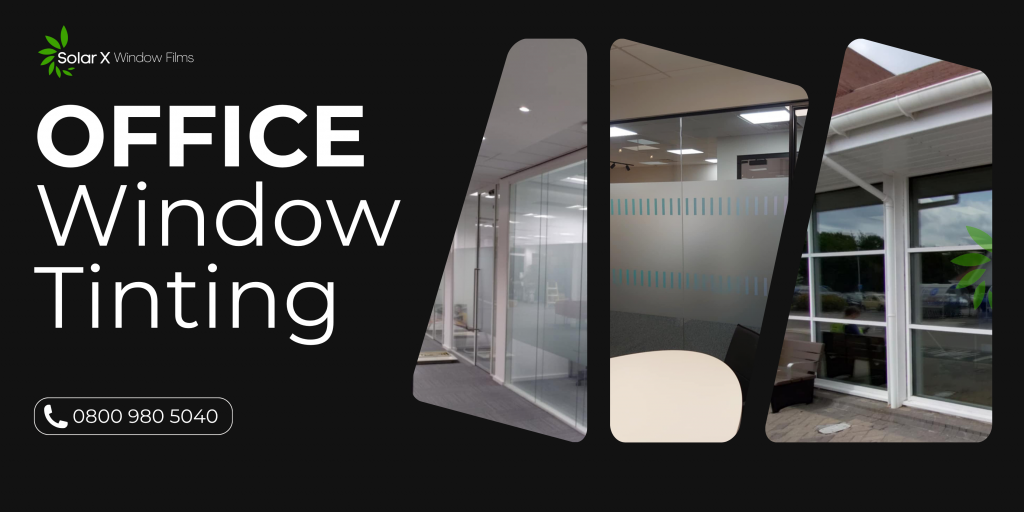What Is Thermal Movement And How Does Solar Reflective Paint Help?
Thermal movement refers to the expansion and contraction of materials as they are exposed to changes in temperature. This is particularly important in construction and the design of materials used for roofing, windows, and walls. When materials are exposed to sunlight, they absorb heat, causing them to expand. Once the sun sets and temperatures drop, the materials contract. This constant expansion and contraction can lead to wear and tear, damage, or deformation over time.
Solar reflective paint plays a crucial role in mitigating thermal movement. By reflecting a large portion of the solar energy, this paint reduces the amount of heat absorbed by surfaces. In turn, this minimizes thermal expansion, reducing stress on the material and increasing the longevity of the structure. In essence, solar reflective paint reduces the need for constant repairs due to heat-related damage, thereby providing long-term protection for buildings.
How Does Solar Reflective Paint Work?
Solar reflective paint is a special type of translucent coating designed to reduce the heat transfer from the sun by reflecting up to 85% of the solar heat and 90% of UV light. This is achieved through its unique formulation, which combines flexible resins and reflective pigments. The paint is typically applied to external surfaces like polycarbonate, glass, or even fiberglass. It works by forming a protective layer on the surface that allows light to pass through while significantly reducing heat absorption. This heat rejection helps maintain a cooler indoor temperature and can also protect the surface from UV damage and discoloration.
Unlike traditional paints, solar reflective paint doesn’t block all light. It allows for about 20% of daylight to penetrate, ensuring that spaces don’t become too dark or dim. The level of heat rejection can vary depending on how the paint is applied. Lighter coatings will provide less heat rejection, while darker coatings will offer more efficient cooling.
Solar reflective paint is typically applied in two coats for optimal efficiency. It is easy to use and can be applied with a brush, roller, or spray gun. Once applied, it dries relatively quickly and provides a durable, long-lasting finish. The product is particularly beneficial for buildings, vehicles, and areas exposed to direct sunlight for extended periods.
Summary On Solar Reflective Paint
In conclusion, solar reflective paint is a highly effective solution for reducing heat build-up and protecting surfaces from UV damage. Its ability to reflect a significant portion of solar heat, while still allowing light to pass through, makes it ideal for a wide range of applications including polycarbonate, glass, and fiberglass surfaces. Not only does it provide a cooler environment, but it also reduces the strain caused by thermal movement, thus increasing the lifespan of the material.
Solar reflective paint is particularly well-suited for areas where window film may not be a practical or cost-effective option. Whether used in residential, commercial, or industrial settings, it offers a durable and economical solution to combat heat gain and UV light penetration.
For those interested in purchasing solar reflective paint, it’s available in several pack sizes, with delivery options included. The paint is easy to apply, with different application methods to suit various preferences and requirements. By choosing this cost-effective solution, you’re not only improving energy efficiency but also contributing to a more sustainable environment.




